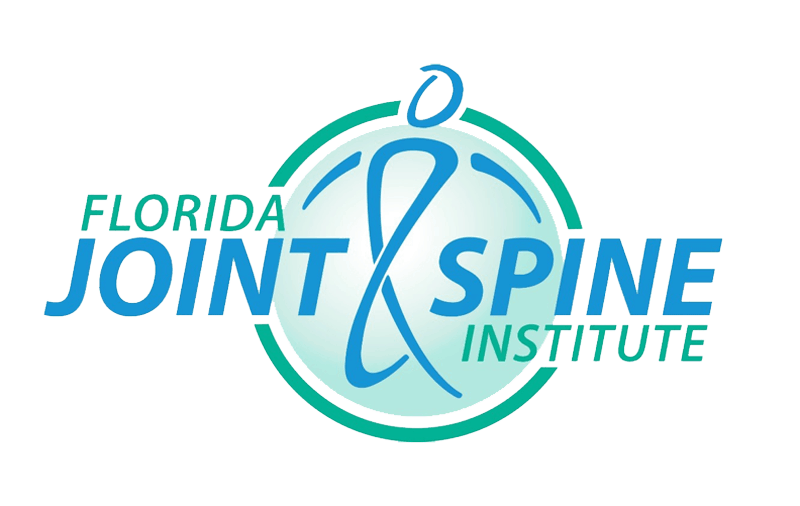
Joint pain is a common ailment among older adults, increasing in severity with injury and age. Some people are fortunate enough to tolerate it and get on with their daily lives, perhaps using over-the-counter or prescription drugs to combat inflammation, but for so many others suffering with deteriorating joint health, surgery offers the best hope for regaining pain-free movement.
When I tell my orthopedic patients that it’s time to consider joint-replacement surgery as the best course of treatment, they understandably voice concerns about going under the knife, length of hospital stay, post-op pain and recovery time.
This is my cue to assuage their worries with information on minimally invasive rapid recovery joint replacement (MIRRJR), a technologically enhanced surgical discipline that I practice at Poinciana Medical Center. The procedure’s name really says it all: MIRRJR is less of everything patients fear when facing total hip or knee replacement surgery, such as:
- Incision: It’s only 4-5 inches with MIRRJR computer-navigated surgical instruments vs. 8-12 inches using traditional surgical methods. Robotic surgery also does less damage to muscles and spares them from being cut.
- Pain medication: It’s easier to prevent pain than reduce it, so with that thought in mind, MIRRJR patients are treated with TLC — Tylenol, Lyrica or Celebrex — before surgery. Doing this helps ward off the onset of pain and improves recovery.
- Hospital stay: I performed 182 total knee replacements during an eight-month span, with hospital stays averaging 1.6 days. In fact, one of my patients, who was 89 years old, was discharged after only one night in the hospital!
- Recovery time: It’s “rapid,” as in weeks, not months. The majority of my MIRRJR patients are on their feet the same day of surgery. It’s important to get hip replacement patients moving as soon as possible to promote blood flow and regain hip movement. Most MIRRJR patients go home after an overnight hospital stay. Of the 182 knee surgeries I cited above, only 23 resulted in patients going into rehab facilities. With home exercise and outpatient physical therapy, MIRRJR patients often resume physical activity — golf, tennis, jogging and pain-free walking — in only eight weeks.
Medical advances have helped people to live longer, but no one would want to live a long life shackled by debilitating joint pain. Fortunately, minimally invasive rapid recovery joint replacement has ushered in a new paradigm in total hip and knee replacement surgery, putting patients on the fast track to enjoying a higher quality of life.

Dr. J.C. Alvarez is an Ivy-League trained, board-certified orthopedic surgeon who specializes in minimally invasive rapid recovery joint replacement surgery at Poinciana Medical Center. To learn more information about Dr. Alvarez, search “Alvarez” on PoincianaMedicalCenter.com’s Find a Doctor page.

